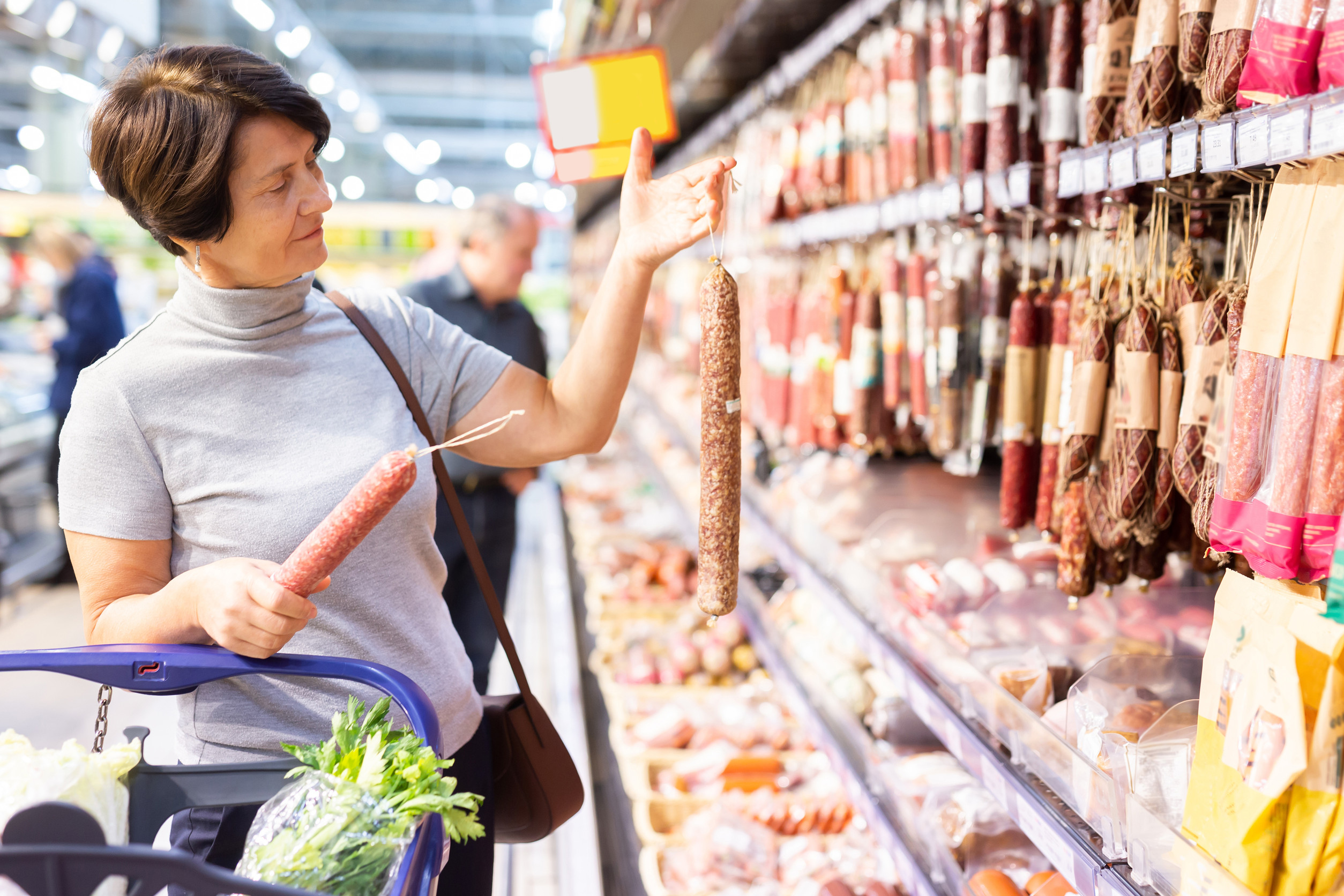As inflation continues to hit American wallets, grocery stores have become battlegrounds for affordability. Shoppers everywhere are adjusting their carts—swapping name brands for generics, cutting back on meat, and even skipping meals. In response, a bold question is gaining traction: should grocery prices be income-based? The idea is simple—if you earn less, you pay less. But while some call it a step toward equity, others see it as unworkable, even unfair. Here’s a breakdown of what this could look like, and why the debate isn’t going away anytime soon.
1. The Concept: Sliding Scale Pricing for Food
Income-based grocery pricing works similarly to sliding scale healthcare or education models. People with lower incomes would receive discounts at the register, while higher earners would pay full price—or even more—to balance the system. Advocates argue this could ease food insecurity without expanding government assistance programs. It’s not unlike what already happens through SNAP or EBT, except this model would apply at point-of-sale without requiring a separate benefit card. For many struggling families, it could mean finally affording basics like milk, eggs, and fresh produce.
2. Supporters Say It’s About Fairness, Not Freebies

Image Source: 123rf.com
Those in favor of income-based grocery pricing argue that it’s not about handouts—it’s about fairness in a system already stacked against low-income people. While the wealthy can weather higher prices, low-wage workers often spend a disproportionate percentage of their income just to eat. They say food isn’t a luxury—it’s a right—and pricing should reflect that reality. It’s not about punishing the rich but about ensuring access to nutrition for all. Supporters believe this approach could create a more just and compassionate economy, especially for the working poor.
3. Critics Warn It Could Backfire on the Middle Class
Opponents worry that implementing income-based grocery pricing could unintentionally harm the very people it’s meant to help—especially middle-income families who don’t qualify for aid but are still struggling. If higher earners are asked to “pay more” to balance the system, some argue it would spark resentment and drive them to shop elsewhere. There’s also concern about creating a two-tier system where customers are judged or labeled based on income at checkout. While the idea is rooted in equity, the logistics could be messy and alienating in practice.
4. Could Grocery Stores Realistically Pull This Off?
From a logistics perspective, income-based grocery pricing would be incredibly complex. Stores would need secure ways to verify income, maintain customer privacy, and adjust prices in real time—all while managing their profit margins. Unlike healthcare or tuition, which are billed privately and periodically, grocery shopping is fast, frequent, and public. Retailers would likely need government partnerships or tax incentives to make this feasible. Without that support, the model may be idealistic but not sustainable in the real world.
5. There Are Already Small-Scale Models in Action
While income-based pricing sounds radical, it’s not entirely new. Community-supported agriculture (CSA) programs, co-ops, and even some farmers markets already use sliding scale pricing or “pay what you can” models. Nonprofits and food pantries often fill the gap, offering free or discounted groceries without formal pricing structures. What sets these apart is that they operate on a much smaller, localized scale—making them more flexible and community-driven. The challenge lies in scaling this idea nationally while maintaining quality, access, and fairness.
6. Some Say It’s Time to Rethink How We Pay for Food
If nothing else, income-based grocery pricing has reignited a necessary conversation about the role of food in economic policy. As wages stagnate and prices rise, the gap between what people earn and what it costs to live keeps widening. Supporters argue that food pricing should be part of the broader conversation around minimum wage, rent control, and healthcare. Critics might call the idea unrealistic—but ignoring the crisis of food insecurity isn’t an option either. Whether through pricing models or expanded subsidies, something has to change.
Could the Future of Grocery Shopping Be Personalized?
Imagine a grocery store experience where your receipt adjusts based on your verified income. No coupons, no government paperwork—just automatic affordability. Far-fetched? Maybe. But so was online grocery delivery once. As technology advances and conversations about economic justice grow louder, income-based grocery pricing may not be as unrealistic as it sounds. Whether it works or not, the idea challenges us to rethink how we define fairness at the checkout line.
Should grocery prices be adjusted based on income? Is it a fair way to fight hunger or a slippery slope? Share your take in the comments below!
Read More
The Impact of Tariffs on Retail Prices: Are Consumers Bearing the Brunt?
Are Grocery Stores Exploiting Inflation to Hike Prices Unfairly?


